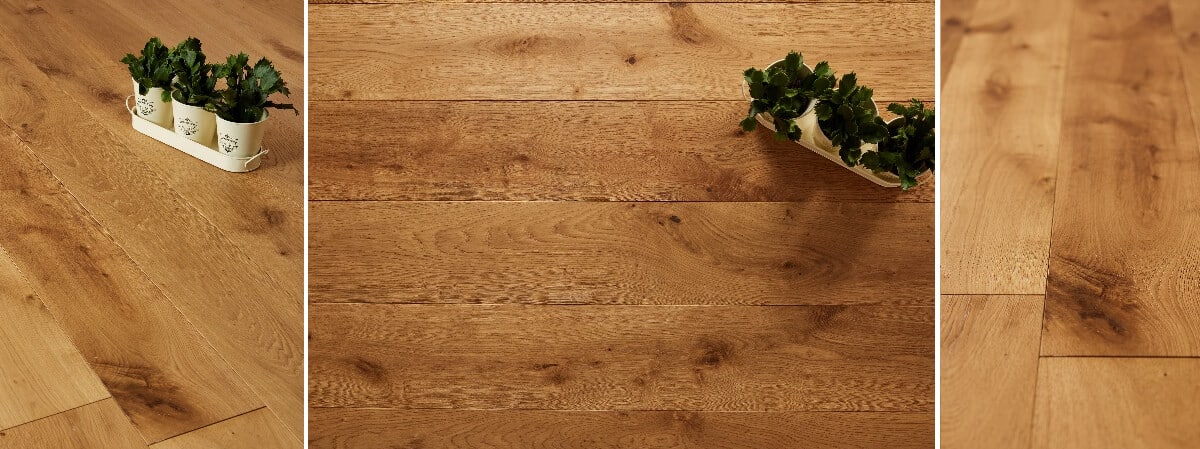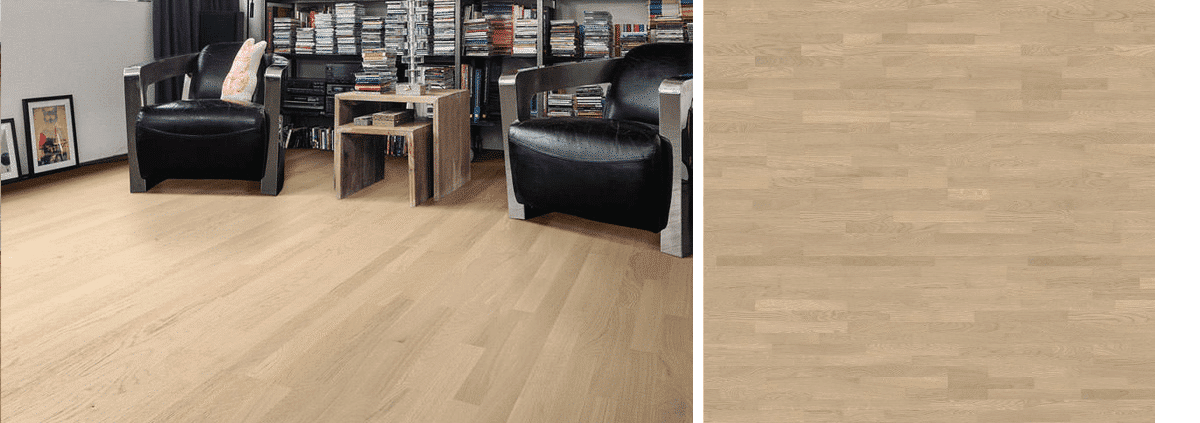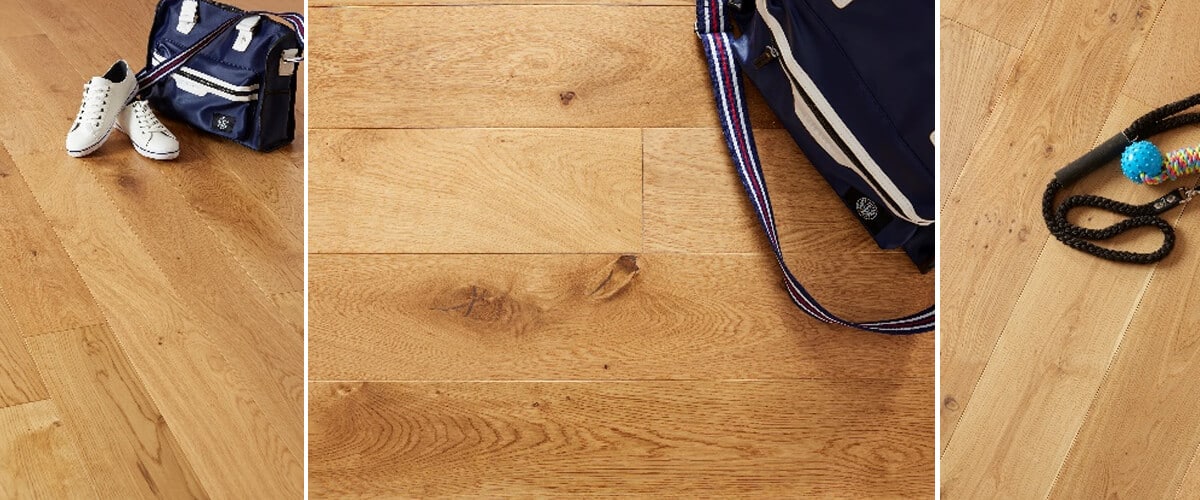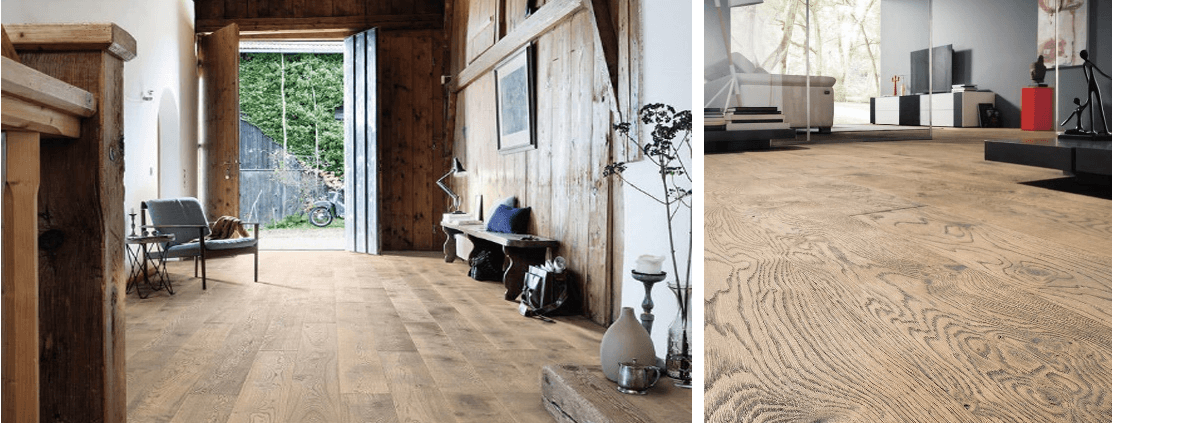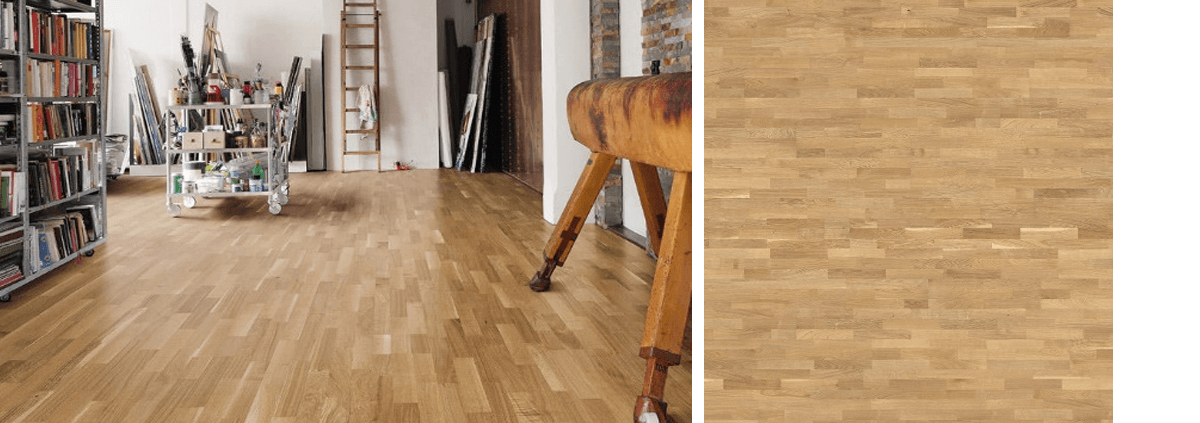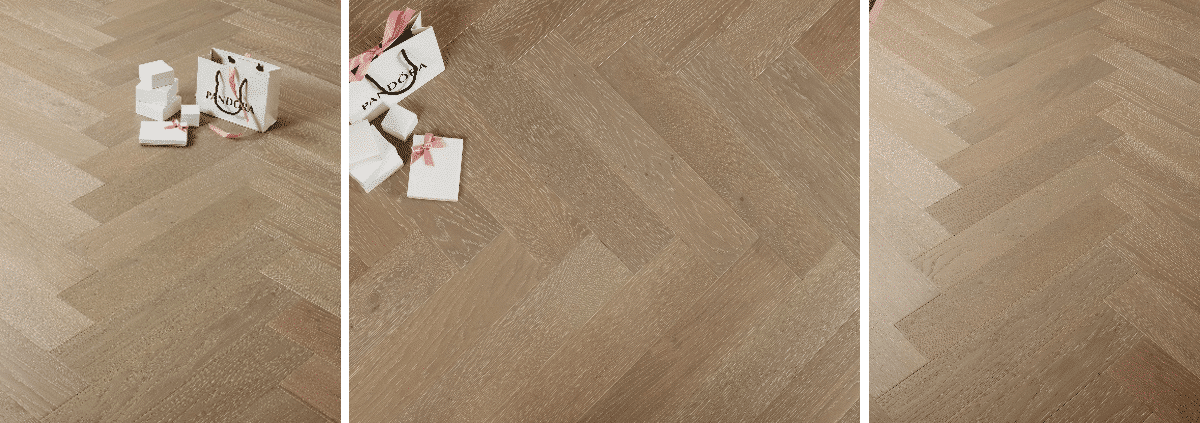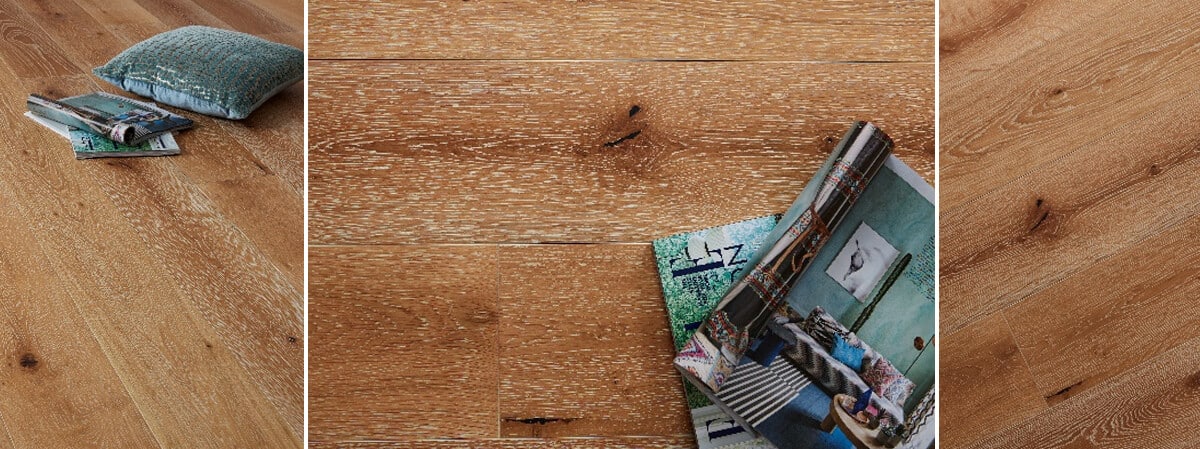sanding hardwood floors by hand: 7 Proven Tips
Sanding Hardwood Floors by Hand: The Complete London Guide
Wooden floors age gracefully, but even the finest oak can dull after years of busy London life. When your boards squeak in a Bloomsbury terrace or scuff under a Canary Wharf dining table, sanding hardwood floors by hand restores colour and texture without stripping away history. Unlike aggressive drum sanders, manual techniques give you microscopic control, minimise dust, and preserve patina. This guide explains every advantage of hand sanding, lists the tools required, and shows how our team at Nationwide Hardwood Flooring Company — tel 07940 528 315 — can deliver a showroom sheen without breaking the bank.
Why Choose Hand Sanding in London?
London’s architecture spans Georgian townhouses, Victorian mews cottages, and modern Docklands lofts. Hand sanding respects those quirks, letting you glide around ornate skirting boards and hearthstones that would trip a belt sander. Because manual passes remove only microns of wood, you extend the life of premium oak, maple, or walnut planks — an approach endorsed by Historic England’s flooring conservation guidance.
The method is also neighbour-friendly. Vibrations stay low, and when paired with HEPA vacuums the process complies with Health and Safety Executive advice on wood dust, keeping shared hallways clean in mansion blocks.
Essential Tools & Materials
Before you begin, assemble:
- 40-, 80-, and 120-grit sandpaper
- A cork-backed sanding block or cabinet scraper
- Knee pads and FFP2 dust masks
- A soft-bristle brush for clearing debris
- LED task lighting to expose imperfections
Eco-friendly abrasives certified by the Forest Stewardship Council are available from specialist stores near King’s Cross. Brixton’s hardware market remains a budget option for weekend DIYers.
Trusted London Suppliers
Nationwide Hardwood Flooring Company’s portfolio highlights partnerships with Soho distributors that deliver next-day kits tailored for hand sanding. Reclaimed-timber stalls in Dalston often include leftover premium grits — ideal for small patch repairs.
Step-by-Step Process
- Clear the room and countersink protruding nails by 2 mm.
- Begin with 40-grit along the grain, overlapping strokes for consistency.
- Vacuum thoroughly, then repeat with 80-grit to erase swirl marks.
- Fill cracks with water-based putty and allow to dry.
- Finish with 120-grit for a satin-smooth surface, inspecting with raking light.
- Remove dust with a tack cloth.
- Apply eco-oil or waterborne lacquer within 30 minutes to seal the fibres.
Need visual guidance? Consult the Which? flooring guide for finish comparisons.
Cost in Greater London
Consumables for 20 m² average £85–£140. Professional hand sanding by our artisans costs about £22 per m² — often half the price of replacing solid wood. Remember to budget for parking permits and ULEZ charges if you live in Zones 1–2.
Key Price Factors
- Board condition – warped or cupped planks add labour.
- Finish type – penetrating oils are cheaper than UV-cured lacquers.
- Access – fifth-floor walk-ups lengthen setup time.
Aftercare & Sustainability
Reusing existing boards diverts timber from landfill and lowers embodied carbon; see the Carbon Trust wood carbon footprint guide. Maintain your revitalised floor with:
- Weekly vacuuming using a soft-brush head.
- Monthly cleaning with pH-neutral soap.
- Annual inspection of traffic lanes for a quick re-coat.
Seasonal humidity in London may cause minor movement; a light buff with 120-grit restores flush joints in minutes.
Integrating with Other Flooring Services
If a full renovation is on the cards, combine hand sanding with new herringbone engineered flooring in adjacent rooms. Our specialists also offer budget-friendly hardwood boards to harmonise open-plan spaces.
Ready to Transform Your Floors?
Contact us or phone 07940 528 315 to schedule a free site survey. Our technicians arrive with state-of-the-art vacuum attachments and work around your timetable — evenings and weekends included.


